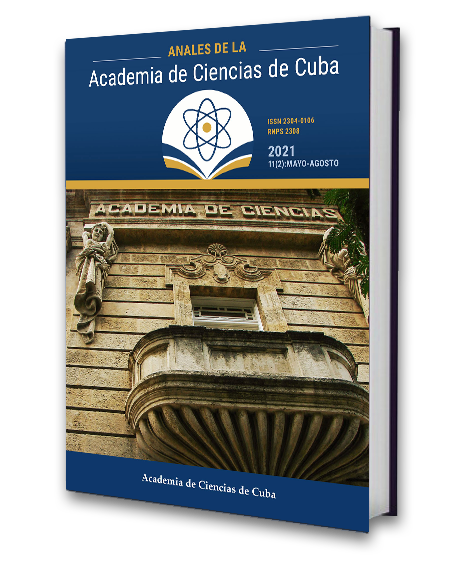Tuberculum sellae meningiomas. Reflections on the endoscopic endonasal approach
Keywords:
meningioma, tuberculum sellae, endonasal endoscopic approachAbstract
Introduction: Tuberculum sellae meningiomas account for 5%-10% of all intracranial meningiomas, but the main goal of the treatment is to decompress the optic apparatus. Objective: The objective of our work is to characterize the behavior of this entity in our hospital based on its clinical, radiological, therapeutical and evolutionary aspects.Methods: We conducted a retrospective descriptive study of the period from January 2010 to December 2019. The surgical approach utilized on all patients was an endoscopic endonasal one, which extended to the transplanum-transtuberculum.
Results: Our sample was made up of 31 patients, 23 women and 8 men, with an average age of 57 years. The most frequent clinical alterations were asymmetrical visual disturbances and headaches. The predominant meningiomas were grade I ones, meningothelial type. We achieved a Simpson grade I resection in 77 % of the cases; 39 % of those cases improved their Karnofsky scale grading, with a disease-free lapse of 5 years in 93 % of the cases and 10 years in 90 % of them. There existed scarce complications including one death due to an extensive cerebral infarction. Conclusion: The extended endonasal endoscopic transplanum -transtuberculum approach is an effective and safe technique for patients with tuberculum sellae meningiomas requiring surgical treatment. It is valid as a surgical technique and in full development; it should be included in the skill set of the contemporary neurosurgeon.
Downloads
Downloads
Published
How to Cite
Issue
Section
License
The journal Anales de la Academia de Ciencias de Cuba protects copyright, and operates with a Creative Commons License 4.0 (Creative Commons Attribution-NonCommercial License 4.0). By publishing in it, authors allow themselves to copy, reproduce, distribute, publicly communicate their work and generate derivative works, as long as the original author is cited and acknowledged. They do not allow, however, the use of the original work for commercial or lucrative purposes.
The authors authorize the publication of their writings, retaining the authorship rights, and assigning and transferring to the magazine all the rights protected by the intellectual property laws that govern in Cuba, which imply editing to disseminate the work.
Authors may establish additional agreements for the non-exclusive distribution of the version of the work published in the journal (for example, placing it in an institutional repository or publishing it in a book), with recognition of having been first published in this journal.
To learn more, see https://creativecommons.org






